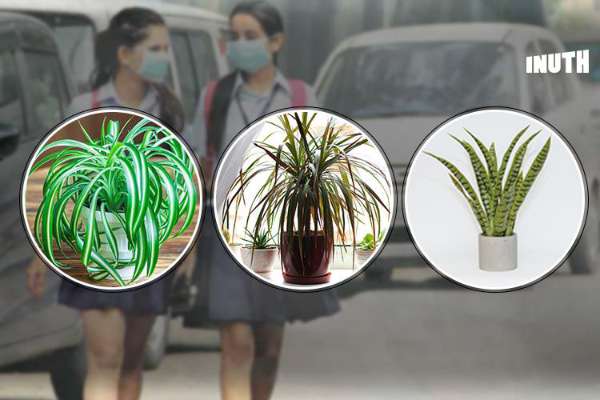5 Easy-To-Maintain Houseplants That Can Improve Indoor Air Quality

There’s a lot you can do in New Delhi these days, but breathing without causing serious damage to your lungs isn’t one of them. The National Capital Region is struggling to deal with the aftermath of stubble-burning, and Diwali adding to the pollution in the city. If you live in the most polluted city in the world it’s good to know some plants that can help fight air pollutants including formaldehyde and carbon monoxide within our homes.
Here are five houseplants that don’t just make your home look pretty but also remove toxins and purify the air. These plants clean the air and let you breathe easy.
Aloe Vera
Many know aloe vera as that magical plant that does wonders to the skin, but what many don’t know is that this gel-based plant is a great choice for improving indoor air quality. Aloe vera absorbs formaldehyde, thus clearing the air. Unlike many other houseplants, aloe vera does not need much maintenance. It can be placed near a kitchen window to absorb direct sunlight and can be watered every two to three weeks.
Dracaena
This ‘almost no’ maintenance house plant can clarify the air in the surroundings by removing formaldehyde, benzene, trichloroethylene, and xylene. It is available in more than 40 varieties and could be perfect for your home or office. Pet owners should keep their pets away.
Spider plant
Known for growing in the easiest conditions, spider plant can perform photosynthesis in minimum light and is known to absorb toxins such as formaldehyde, toluene and xylene. This could be apt for beginners. It requires weekly watering.
Tulsi or Indian Basil
Indian basil aka Tulsi is known for a host of medicinal properties and is known to cure common respiratory diseases, asthma and sore throat. Tulsi is also known to purify air indoors.
Snake plant
Snake plant is one of those few plants which requires occasional watering (every 2 weeks) and some sun. it is known to remove pollutants like benzene, formaldehyde, trichloroethylene, and xylene. It can thrive on medium indirect light to full sunlight.
Courtesy By :- Daily Hunt



